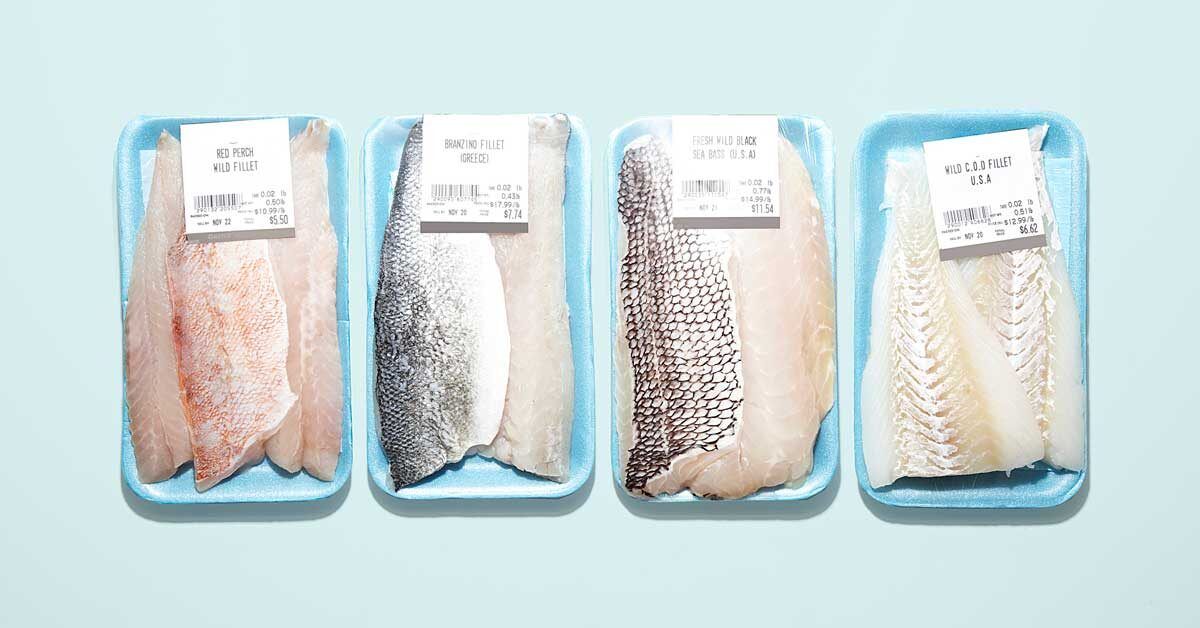Many people’s reaction to this confusion is to refine the category of “healthy” until it’s full of foods essentially available only to people who live on a farm, as well as close to other farms, with the ability to spend every day prepping fresh farm-sourced food for themselves. They also boast no limits on expenditures, no health conditions that would limit what they can consume, and no picky eaters on the premises. The number of people who can live this way is vanishingly small, which means that actually adhering to the Platonic healthy diet becomes entirely aspirational.
Meanwhile, policing others’ adherence to it, regardless of context, subs in for being able to strictly adhere to it oneself. Last fall Jasmine Crowe, founder of Goodr, a company that redistributes surplus food to families in need, tweeted a picture of a mini food bank she’d set up in a Title 1 school. The shelves featured Honey Nut Cheerios, spaghetti sauce, peanut butter, and more. Parents could order items from the food bank on an app and those groceries would then go home with the kid after school. The response was overwhelmingly positive—with caveats. “Lots of heavily processed, high sugar food there,” one person tweeted. “Was thinking the same thing,” another responded. “Wonderful to offer food of course, but I wonder if some healthier options could be donated? Whole grains, low sugar is going to give these kids a better chance at a healthy, productive, rewarding life!”
What mattered for these kids, above all else, was access to food—any food. That’s what would give those kids a better chance at a healthy, productive, rewarding life: not going hungry. Surely, vitamins and minerals are important. But sometimes the junky foods can actually aid health conditions: One of the best ways to combat a migraine, for example, is drinking a Coke. Or they help with parenting: Some kids, including those with sensory issues, need food in whatever form they’ll consume it. Chicken nuggets are fantastic protein bombs. A cup of apple juice can keep a chronically constipated kid’s bowels regular. Some people, regardless of age, need more salt in their diet, not less; some people need more fat, or caffeine, or dairy, or none at all. And others just need more things in their lives that are delicious—that remind them of the true bounty and delights of being human.
But all of those beautiful peculiarities of bodily need and preference get erased by food hierarchies dividing junk from everything else—which are, in truth, sorting mechanisms. They’re a way of categorizing people by class, education, race, and size without saying you’re categorizing them by class, education, race, and size. And they are almost entirely maintained by those with the privileges and preferences that place them at the top of the hierarchy itself. In practice, that means the privileged foods cost the most, take the most time to produce, and have the least calories—regardless of those foods’ taste, actual nutritional value, or cultural significance. And those cheap, convenient snacks labeled “junk” foods are often the only food available for immediate purchase in food deserts, which are largely populated by Black and brown communities.
Individual foods have taken on decades of racist and classist connotations—much of which is naturalized under the rhetoric of health. One of my newsletter readers recently related to me a story of a student asked to fill out a worksheet similar to my childhood one. They classified kale as “healthy.” But collard greens—those, the student marked as “unhealthy.” They’re both varieties of brassica oleracea; they’ve just accumulated different connotations, largely alienated from their actual nutrition.
Now, I know how a policer of the food hierarchy would defend this categorization: collard greens, a staple of soul food, are often prepared with bacon or a ham hock. But listen: Kale is often coated in Caesar dressing, sautéed in generous dollops of olive oil. The real differentiation is rooted in race and class: The food largely associated with bougie white people is “healthy”; the one associated with Black people in the South is “unhealthy.” Who a food is produced by and consumed by has no correlation to its health quotient. This is especially the case when it comes to “junk” food. A bag of Lay’s Potato Chips and Kettle Brand Salt & Pepper Chips taste delicious in different ways, but beyond flavor, the only difference is the price tag. Same with Honey Bunches of Oats and farmers market granola, or a Snickers and a Clif Bar.
Whatever the reason you eat what you eat—and no reason is more valid than any other, including and especially deliciousness—it has no correlation with your value as a person. It does not make you a worse person to eat “junk food,” and it certainly doesn’t make you a better person to eat whole grains. Contrary to what those worksheets might tell us, food does not have moral character, and consuming it does not influence or infect our own character. Food is delightful, and food is fuel, and food is culture. It becomes shadowed with shame—often, the sort that can distort our eating habits for years to come—not when we eat it, but when we restrict it, and attempt to spread that shame to others who do not.




:max_bytes(150000):strip_icc()/ChickenBreast-7c055ca42ace4670867b52b9ab642824.jpg)






